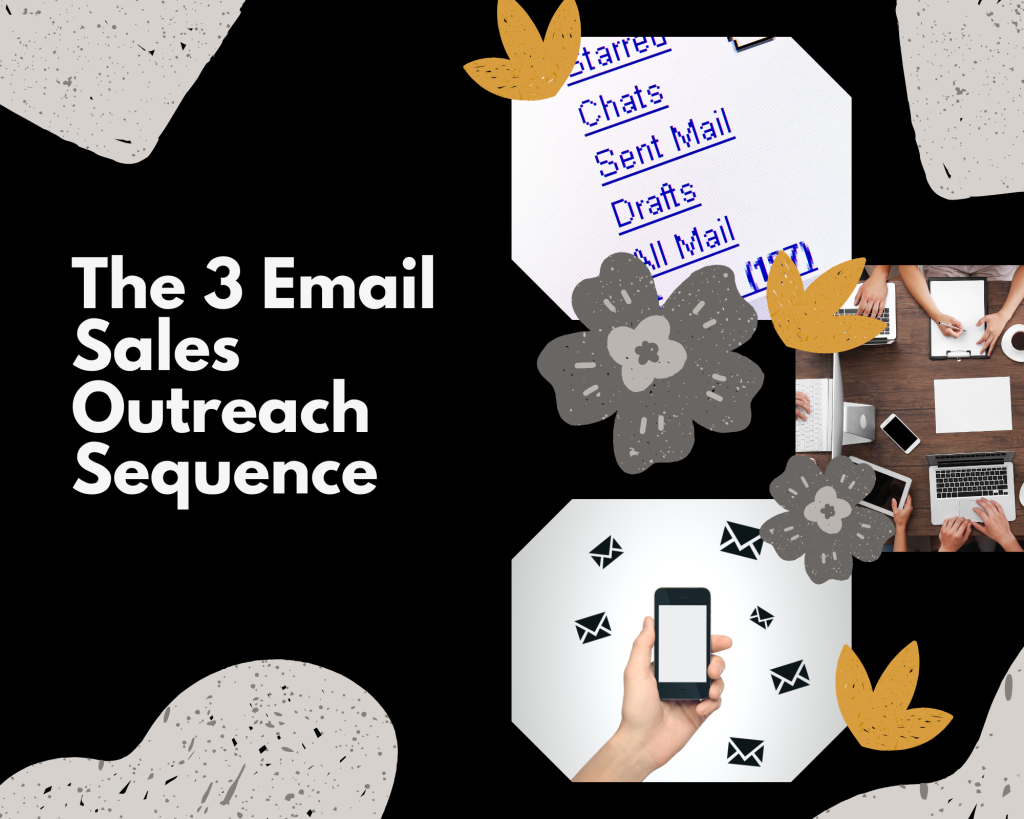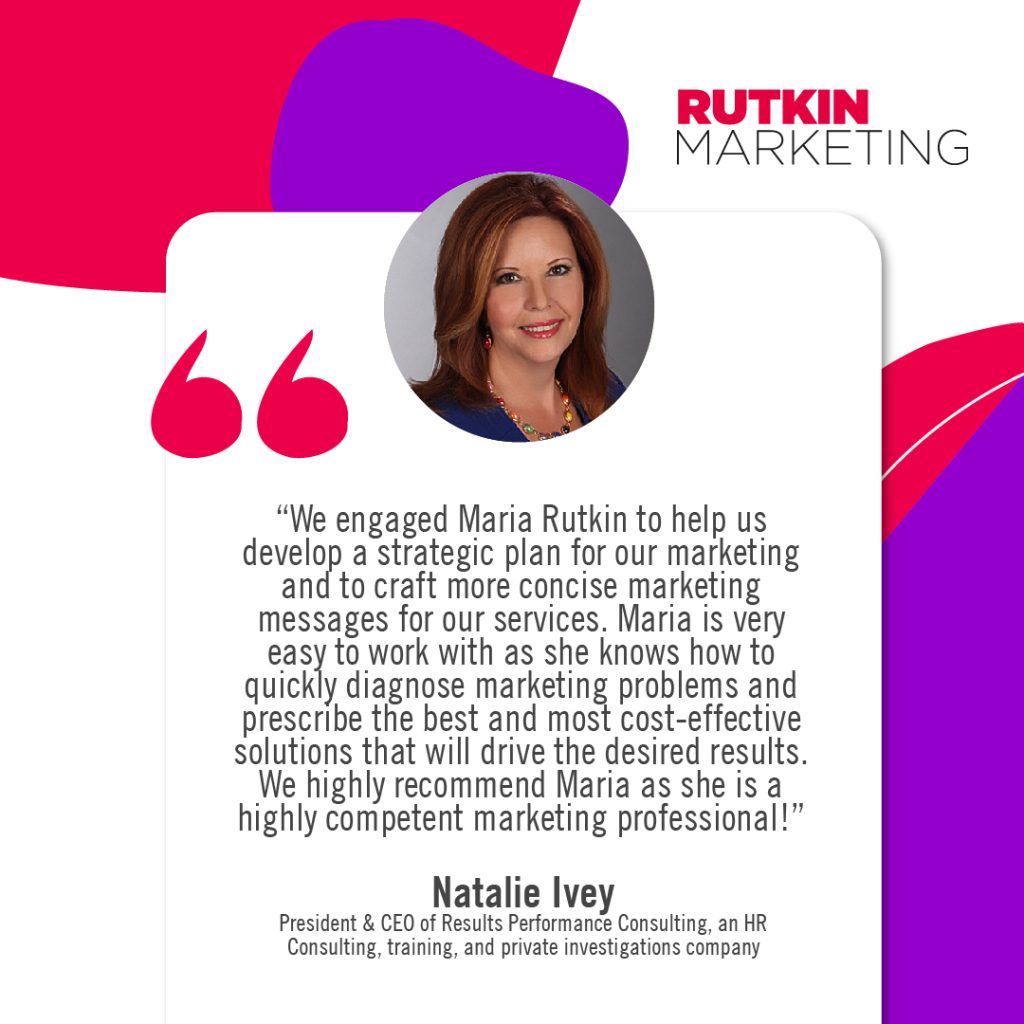How to Build a 3-Email Sales Outreach Sequence That Converts

You’ve got a great offer. You’ve built a solid list. But every time you send a round of sales outreach sequence emails, it feels like shouting into the void.
If you’re like most B2B founders, consultants, or sales leaders, you’re not struggling because your product lacks value. You’re struggling because your message isn’t breaking through—and your outreach lacks a strategic rhythm that builds momentum.
This article breaks down a simple but powerful 3-email sales outreach sequence that’s helped our clients consistently generate conversations, book meetings, and drive six-to-seven-figure deals. And no, it doesn’t involve spamming people or using a plug-and-play template.
Let’s walk through how to do it right—step by step.
What Is a Sales Outreach Email Sequence?
A sales outreach email sequence is a structured series of emails sent to a prospect with the goal of booking a meeting, starting a conversation, or converting them into a client. When done well, it delivers value in each touchpoint, builds familiarity, and invites engagement—without sounding like spam.
Why 3 Emails is the Sweet Spot
In my work with clients across B2B services, SaaS, healthcare, and financial firms, I’ve found that a 3-email sequence outperforms longer campaigns. It’s focused, efficient, and respects your prospect’s time. Long email chains often get ignored. Three emails give you enough space to demonstrate relevance, add value, and clearly ask for the meeting—without being annoying.
Email 1: The First Touch – Relevance Is Everything
This email is about connection and credibility. You want to show that you’ve done your research and you understand the prospect’s business. That starts with knowing who you’re talking to. If you haven’t already defined your ideal prospect, use this 5-step guide to creating buyer personas to help sharpen your focus. Personalization is key here, but so is clarity. If your positioning isn’t clear, your message won’t land. That’s why we use the StoryBrand framework to help our clients clarify their messaging and speak directly to the problems their audience actually cares about.
What to include:
- A personalized hook (e.g., “I noticed your recent [announcement/post/product launch]…”)
- A clear pain point they’re likely facing
- One sentence on what you do, framed around their problem
- A low-friction CTA like a short call or connection
Example:
Hi [First Name],
I saw your recent post about [topic] and wanted to reach out. I work with companies like [Company Name] to help solve [problem]. If you’re open to a quick conversation, I’d love to share a few ideas. Let me know if you’re free next week.
Email 2: Follow-Up with Value
If they didn’t respond to Email 1, don’t panic—most people don’t. But this second touchpoint gives you a chance to reinforce relevance and share something valuable.
What to include:
- A recap or reference to the first email
- A useful tip, stat, story, or link to a resource
- A reminder of how you help and an open-ended CTA
Example:
Hi [First Name],
Just wanted to follow up on my note last week. One trend I’ve seen with companies like [Company Name] is [insert trend/stat].
If you’re looking for ideas to improve [outcome], I’d be happy to connect.
Email 3: The Close with a Clear Call-to-Action
This is your final attempt, so keep it clear and direct. Don’t be afraid to show urgency—but still remain helpful and human.
What to include:
- A direct ask: are they interested in solving X problem?
- Ask for a time to connect
- Let them know this will be your last email for now
Example:
Hi [First Name],
I know things are busy, so I’ll make this quick. Are you interested in improving [problem] this quarter?
If it’s relevant to you, I have a few resources to share. Would you be open to a quick call sometime next week?
If not the right time, no worries—I’ll close the loop for now.
Results: What Happened When a B2B Client Used This Email Sequence
A mid-sized HR technology company came to us struggling to get any replies from their outbound emails. We developed a simple 3-email sequence with personalized hooks, proof points, and a strong CTA.
The results:
- 12+ qualified leads per month
- 20% conversion into pipeline
- 5 new clients closed, each worth six to seven figures
Their entire outreach process became more focused and scalable—and their sales team finally had the right conversations.
Pro Tips to Increase Email Response Rates
- Keep subject lines short and curiosity-driven
- Personalize at least the first sentence
- Avoid bulky paragraphs—use white space
- Follow up consistently (but don’t automate poorly)
- Always focus on value to the prospect, not your product
Final Thoughts: Strategy Over Spam
Sales outreach doesn’t have to feel robotic. When you lead with relevance, keep your message tight, and guide the conversation with value—you’ll get results.
A short, strategic sequence almost always beats long, automated drip campaigns. Why? Because people don’t respond to templates—they respond to clarity and relevance.
Want Help Crafting a High-Converting Sales Outreach Cadence?
At Rutkin Marketing, we help B2B companies craft personalized messaging and strategic outreach campaigns that actually convert.
If you’d like help building your outbound system that converts, let’s connect.
Want to see how we apply these same principles to LinkedIn?
Check out our LinkedIn lead generation strategy that consistently books qualified meetings and builds a pipeline for B2B brands.

